Growing Carrots What’s not to like about carrots? They have been my favourite food since I was a kid, they’re full of goodness, they just about look after themselves and …
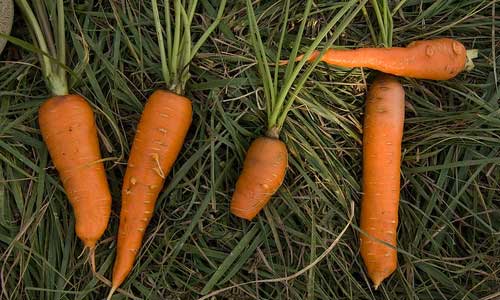 Growing Guides
Growing Guides Growing Guides
Growing GuidesGrowing Carrots What’s not to like about carrots? They have been my favourite food since I was a kid, they’re full of goodness, they just about look after themselves and …
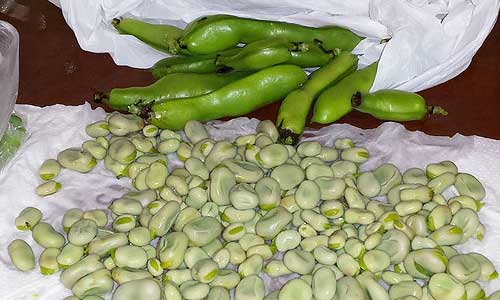 Growing Guides
Growing GuidesGrowing Broad Beans Although broad beans are from the Fabaceae family, they look different and grow differently to their bean cousins. They tend to be bushy, with square, hollow stems …
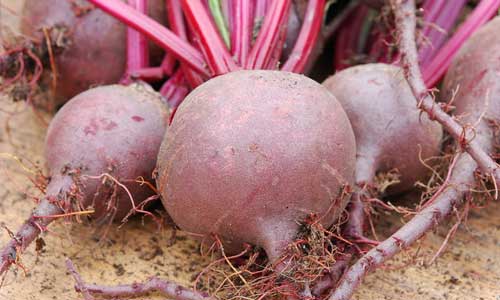 Growing Guides
Growing GuidesGrowing Beetroot Although it took me the best part of 25 years to discover it, fresh beetroot is tasty, versatile and packed with goodness. Can the can! Site and soil …
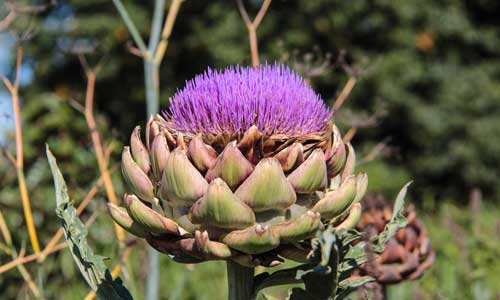 Growing Guides
Growing GuidesGrowing Globe Artichokes The globe artichoke (Cynara scolymus) belongs to the thistle family. It is also known as the French artichoke and the crown artichoke, but is not related to …
 Seasonal Guides
Seasonal GuidesAutumn What to Grow The following planting table shows varieties suitable for sowing or planting during the months of March, April and May. S = seed sowing; T = transplanting …
 Seasonal Guides
Seasonal GuidesSummer The following planting table shows varieties suitable for sowing or planting during the months of December, January and February. What to Grow S = seed sowing; T = transplanting …
 Seasonal Guides
Seasonal GuidesSpring Spring is the main planting season in Canberra. The timing of some plantings may need to be varied depending on the particular year. Be prepared to protect your frost …
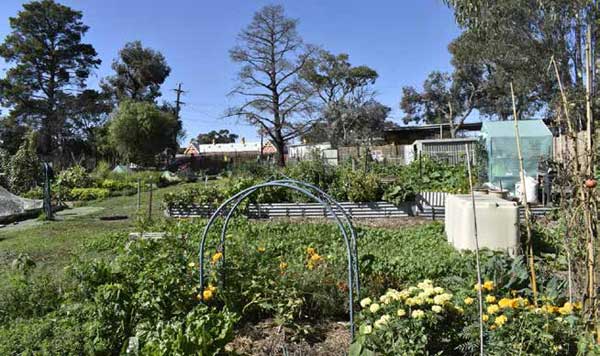 COGS Gardens Northside Gardens
COGS Gardens Northside GardensThe Oaks Estate Community Garden was started in the early 1990s and is located on the corner of Railway & River Streets, adjoining Gillespie Park. There are 24 plots varying in …
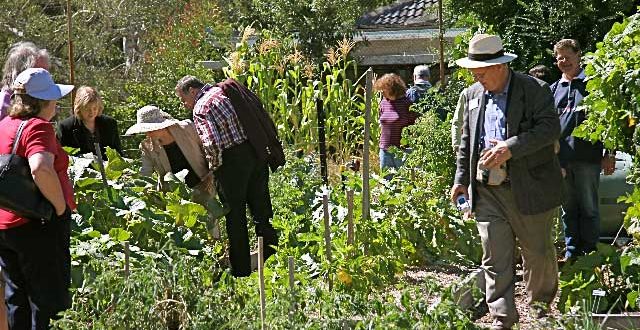 COGS Gardens Northside Gardens
COGS Gardens Northside GardensAbout the Garden The Uniting Church in O’Connor had been looking for some time for a socially and environmentally friendly use of their two disused tennis courts at the rear …
 COGS Gardens Northside Gardens
COGS Gardens Northside GardensThe Mitchell Garden was set up in 1996 to provide a space for local residence of the Gungahlin and north Canberra area to enjoy organic gardening in a community setting. …